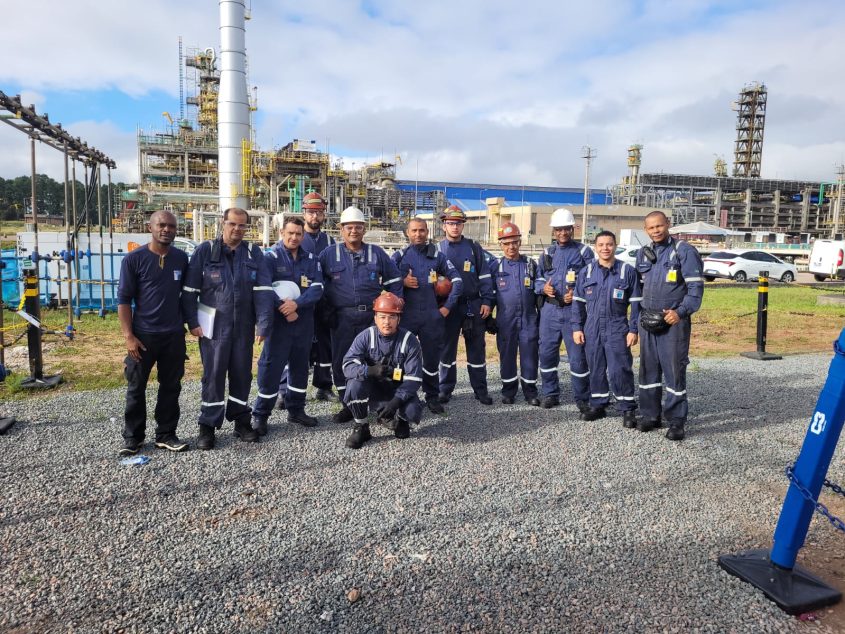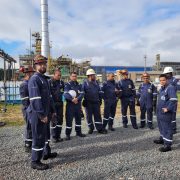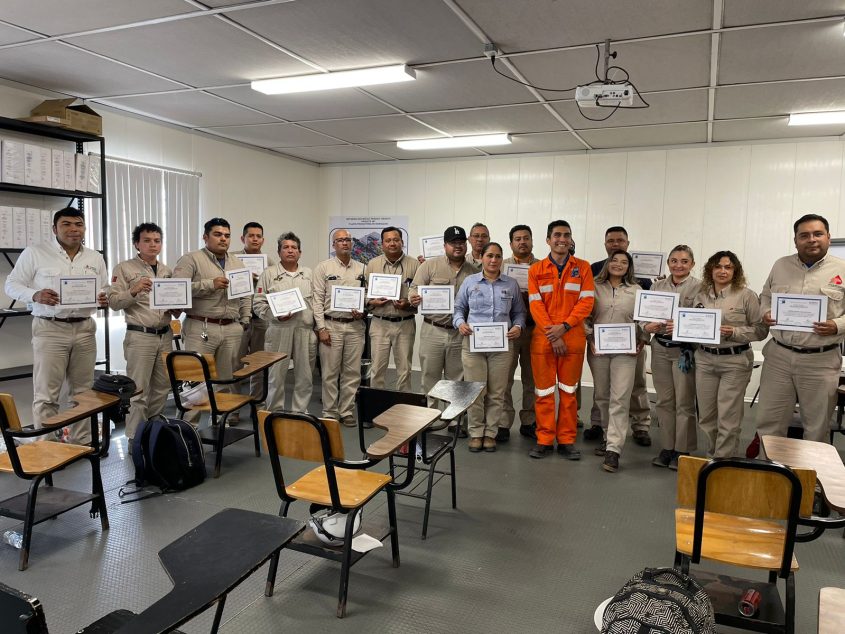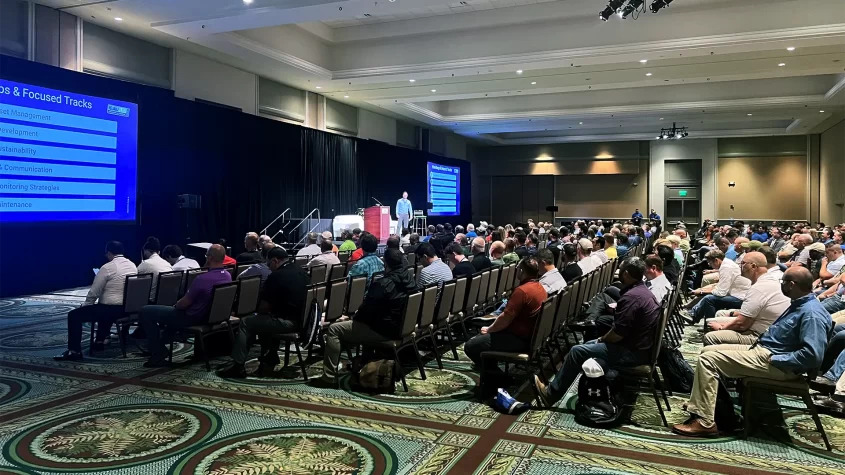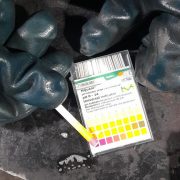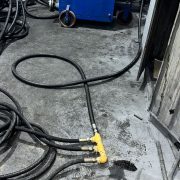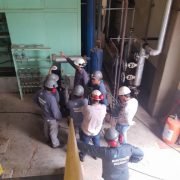During the months of November and December, personnel from our Company in Argentina have participated in scheduled interventions regarding Safety, within the “MAS CONCIENCIA” Culture Program, carried out by YPF in the Luján de Cuyo Industrial Complex (CILC).
Within the Safety Culture Program that has been developed at CILC since 2021, Intervention Culture is a part of the program that is exclusively dedicated to developing habits of mutual care.

Faced with the need to raise awareness that we build security among all people, we seek to promote individual responsibility, but with even greater emphasis on collective prevention.
“Once observation begins, risks begin to be seen and perceived in all areas, many of which we did not even realize were there.”
The entire work team is seeking to generate intervention habits for another person, regardless of the company, plant, and/or hierarchical level that may be exposed to an incident.
The aim is to move from a reactive model to a preventive one, with safer work environments, where we are all protagonists.
For Lubritech Argentina, as part of the Reladyne Group, this program is 100% aligned with our objectives and culture in terms of Safety. We are even taking several examples of this implementation to share it with other collaborators and Refineries that we serve in other Countries. We think that good things must be replicated, and this program is really good, and points to a cultural change.
The interventions carried out as part of this process; They have been very enriching, both for our Company and for those intervened, since the right environment has been created to analyze together the risks associated with the task that was being carried out; recognize good practices and find better ways to mitigate risks.

It is worth highlighting the complete involvement of both YPF and the Contractor Companies, at all levels, from Senior Management and Direction, to the Operators. It is more than clear that we all do Safety!

